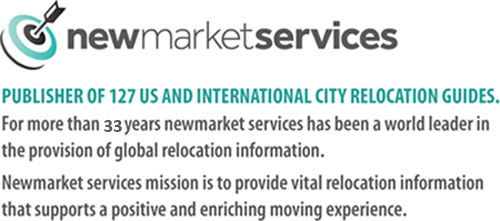At the site of present-day Pittsburgh, in 1754, the French built Fort Duquesne. During the French and Indian War, British General John Forbes occupied the fort. He ordered the construction of Fort Pitt, named after British Secretary of State William Pitt the Elder. He also named the settlement between the rivers “Pittsborough.”
During Pontiac’s Rebellion, Ohio Valley and Great Lakes tribes besieged Fort Pitt for two months. Colonel Bouquet defeated Pontiac’s forces in the Battle of Bushy Run.
Following the American Revolution, the village of Pittsburgh continued to grow. One of its earliest industries was building boats for settlers to enter the Ohio Country. 1794 saw the short-lived Whiskey Rebellion.
The War of 1812 cut off the supply of British goods, stimulating American manufacture. By 1815, Pittsburgh was producing significant quantities of iron, brass, tin and glass products. By the 1840s, Pittsburgh was one of the largest cities west of the Allegheny Mountains. A great fire burned over a thousand buildings in 1845, yet the city rebuilt. By 1857, Pittsburgh’s nearly 1,000 factories burned 22,000,000 bushels of coal yearly.
The American Civil War boosted the city’s economy with increased production of iron and armaments. Steel production began by 1875, when the Edgar Thomson Works in Braddock began to make steel rail using the Bessemer process.
In 1901, the U.S. Steel Corporation formed. By 1911, Pittsburgh was producing between a third and a half of the nation’s various types of steel. The city’s population swelled to half a million, many of whom were immigrants from Europe. During World War II, Pittsburgh produced 95 million tons of steel.[2] By this time, the pollution of the burning coal and steel production created a black fog (or smog).
Following the war, the city launched a clean air and civic revitalization project known as “Renaissance II.” The industrial base continued to expand through the 1960s, but beginning in the 1970s and 1980s, the steel industry in the region imploded, with massive lay-offs and mill closures. Beginning in the 1980s, the city shifted its economic base to services, tourism, medicine and high technology.
[insert_php]
$market = “PIT” ;
global $market ;
[/insert_php]
[insert_php]
$market = “PIT” ;
[/insert_php]
